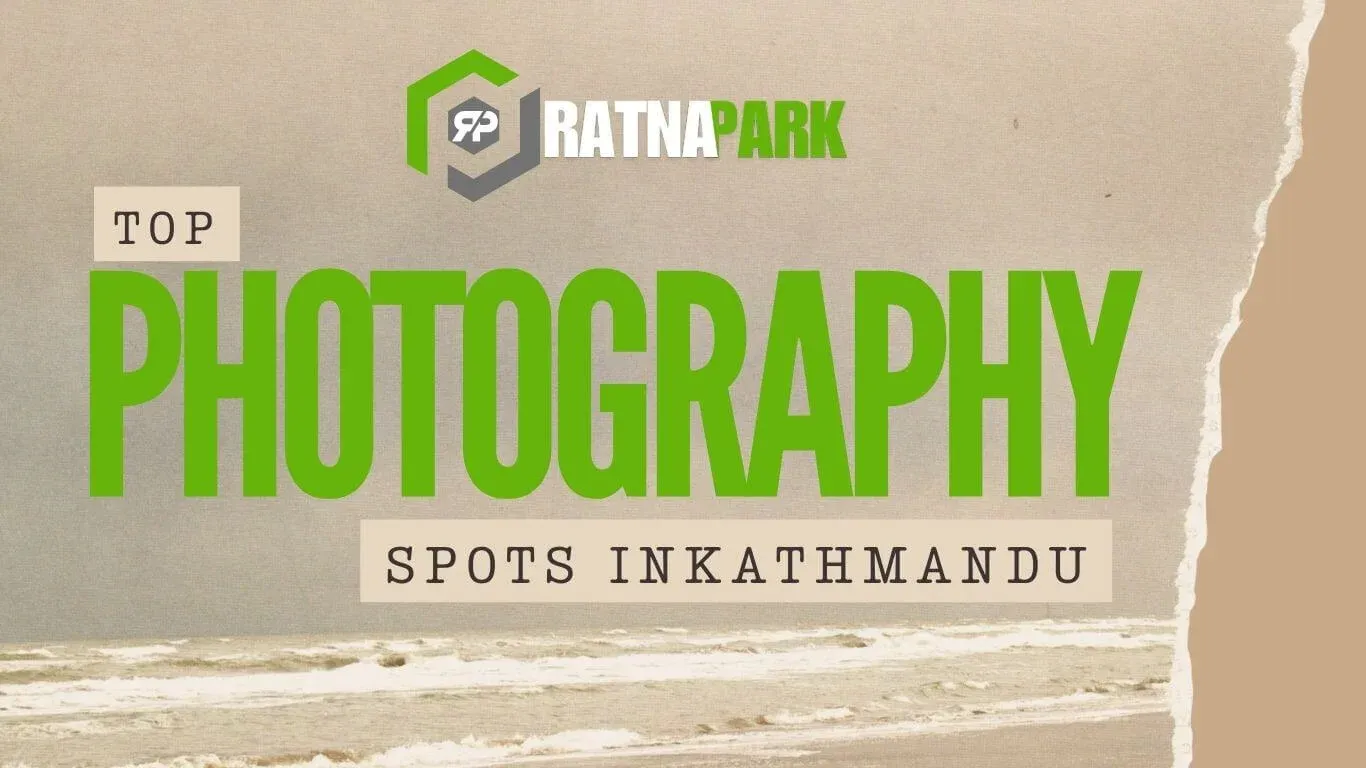
Introduction
Kathmandu, a city where ancient traditions meet modern life, offers a plethora of photography opportunities. At its heart lies Ratna Park, a central hub that not only serves as a green oasis but also as a gateway to some of the city’s most captivating photo spots. Whether you’re a professional photographer or an enthusiastic traveler, the areas in and around Ratna Park provide a rich tapestry of scenes waiting to be captured.
1. Ratna Park: The Urban Oasis
Ratna Park itself is a vibrant spot for photography. With its manicured gardens, bustling pathways, and the daily life of locals, it offers candid street photography opportunities. Early mornings and late afternoons provide the best lighting to capture the essence of the park.
2. Kathmandu Durbar Square
Just a short walk from Ratna Park, Kathmandu Durbar Square is a UNESCO World Heritage Site teeming with historical architecture. The square is home to ancient palaces, courtyards, and temples, offering a glimpse into Nepal’s rich history. Photographers can capture the intricate wood carvings, stone sculptures, and the vibrant life that surrounds this historic site.
3. Garden of Dreams
Located near Ratna Park, the Garden of Dreams is a neo-classical garden built in the 1920s. This serene spot features pavilions, fountains, and lush greenery, making it an ideal location for portrait and nature photography. The garden’s European-inspired architecture provides a unique contrast to the traditional Nepali surroundings.
4. Swayambhunath Stupa (Monkey Temple)
A bit further afield, but still accessible from Ratna Park, Swayambhunath Stupa offers panoramic views of Kathmandu Valley. The stupa, adorned with the eyes of Buddha, is a significant religious site and provides a spiritual ambiance for photographers. The surrounding area, inhabited by monkeys, adds a dynamic element to your shots.
5. Asan Bazaar
Asan Bazaar, a bustling market area near Ratna Park, is a haven for street photographers. The narrow alleys, vibrant stalls, and the daily hustle of vendors and shoppers offer endless opportunities to capture the local lifestyle. The market’s colorful displays and traditional architecture make for compelling compositions.
6. Thamel District
Thamel, Kathmandu’s tourist hub, is a lively area filled with shops, cafes, and cultural sites. The vibrant streets, adorned with prayer flags and bustling with activity, provide a dynamic backdrop for urban photography. Evenings in Thamel are particularly photogenic, with illuminated shops and lively crowds.
7. Pashupatinath Temple
Though a bit farther from Ratna Park, Pashupatinath Temple is one of the most sacred Hindu temples in Nepal. Situated along the Bagmati River, the temple complex offers profound cultural and spiritual photography opportunities. Photographers can capture rituals, sadhus (holy men), and the temple’s intricate architecture.
8. Boudhanath Stupa
Another significant site, Boudhanath Stupa, is one of the largest spherical stupas in Nepal. The stupa’s massive mandala and the surrounding Tibetan monasteries provide a rich cultural setting for photographers. The area is especially photogenic during festivals when the stupa is adorned with lights and prayer flags.
9. Patan Durbar Square
Located in the neighboring city of Lalitpur, Patan Durbar Square is renowned for its exquisite architecture and art. The square’s temples, statues, and courtyards offer a wealth of subjects for photographers interested in historical and cultural themes. The Patan Museum within the square also provides insights into traditional Nepali art.
10. Bhaktapur Durbar Square
A bit further out, Bhaktapur Durbar Square is a well-preserved area that showcases the grandeur of the Malla dynasty. The square’s 55-Window Palace, Vatsala Temple, and Nyatapola Temple are architectural marvels that provide stunning photographic subjects. The city’s traditional lifestyle and festivals add to its photographic appeal.
Tips for Photographers
- Best Time to Shoot: Early mornings and late afternoons offer the best natural lighting.
- Equipment: A DSLR or mirrorless camera with a versatile lens (e.g., 24-70mm) is ideal.
- Cultural Sensitivity: Always ask for permission before photographing individuals, especially in religious sites.
- Weather Considerations: Kathmandu’s weather can be unpredictable; carry protective gear for your equipment.
Conclusion
Kathmandu’s rich tapestry of culture, history, and daily life offers photographers a diverse range of subjects. Starting from Ratna Park, one can explore a multitude of locations that encapsulate the city’s essence. Whether you’re capturing the serenity of ancient temples or the vibrancy of local markets, Kathmandu provides an endless canvas for your photographic journey.
For more insights and guides on exploring Kathmandu, visit ratnapark.com.


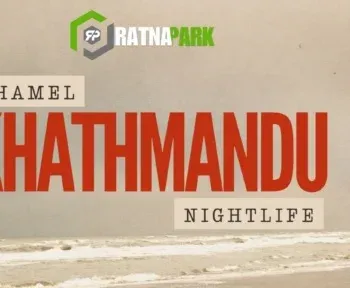
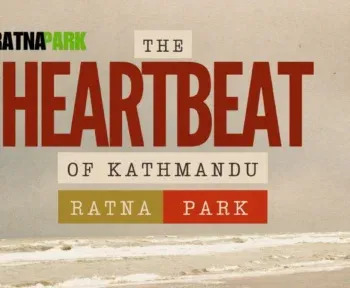
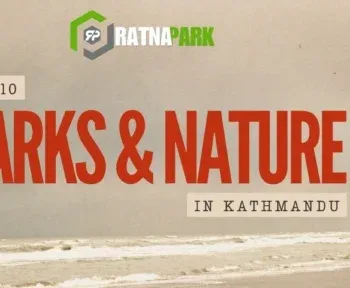
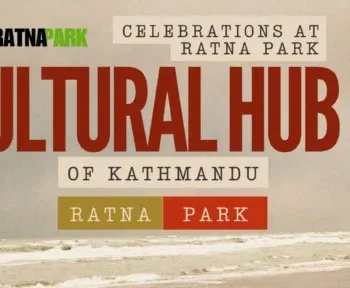
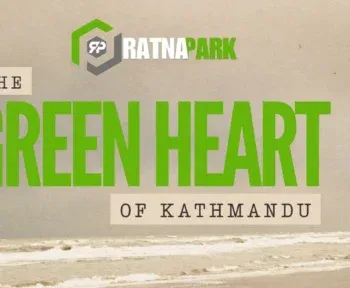

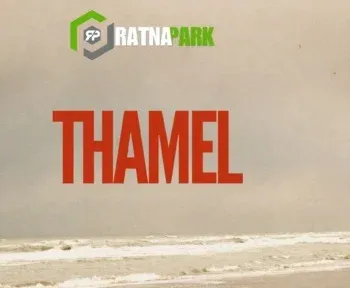
1 Comment
Simran
Thank you for sharing the places to visit in Kathmandu, as I am new to the city and unaware of the places. thanks for mentioning the places